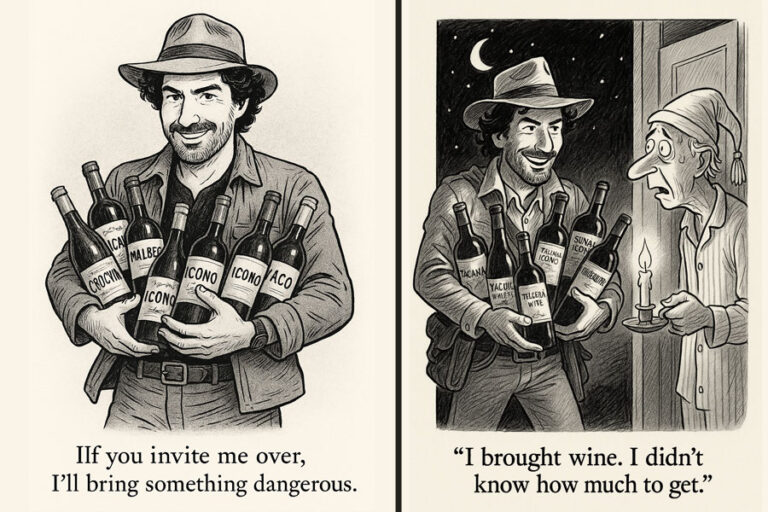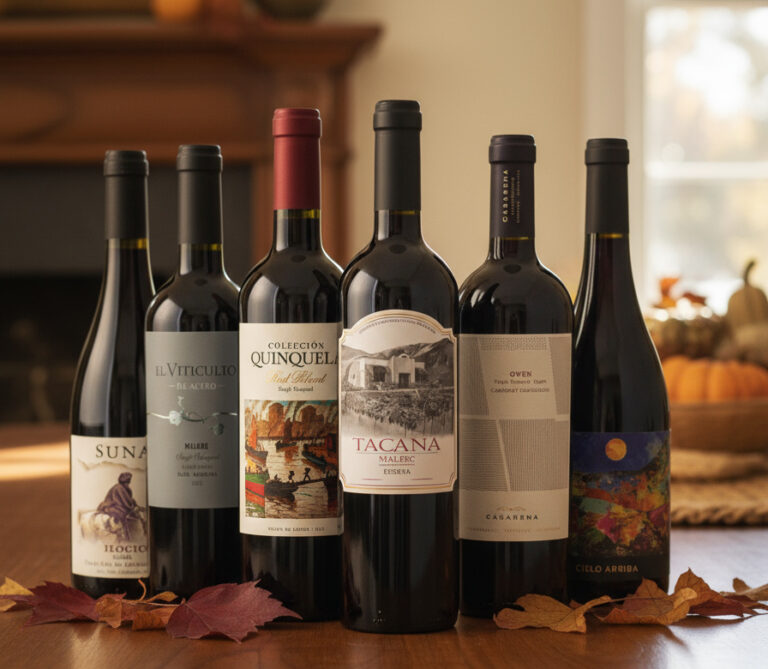[et_pb_section fb_built=”1″ _builder_version=”3.22″][et_pb_row _builder_version=”3.25″ background_size=”initial” background_position=”top_left” background_repeat=”repeat”][et_pb_column type=”4_4″ _builder_version=”3.25″ custom_padding=”|||” custom_padding__hover=”|||”][et_pb_text _builder_version=”4.5.1″ background_size=”initial” background_position=”top_left” background_repeat=”repeat” hover_enabled=”0″]
***
First, a word that, like any respectable Frenchman, our resident wine expert, Julien Miquel, is presently taking his vacances d’été. However, you can catch up on his latest work at this link.
***
For many years, the most famous and widely planted grape in Austria, Grüner Veltliner, was an orphan.
These days, we have a fairly detailed family tree for most grapes. Almost all the varieties we drink are closely related. For example, the French grape savagnin is the parent of sauvignon blanc and grandparent of cabernet sauvignon. It’s also either sibling or twin of the ancient Austrian grape traminer (grape genetics are complicated).
In the 1990s, DNA analysis found that traminer is the mother of Grüner Veltliner. A delicate, tangy grape, traminer is also mother and grandmother of many of the most common white grapes, including silvaner and chenin blanc. Grüner’s other parent, however, was a longtime mystery.
The missing father turned up in 2000, quite unexpectedly, in the Austrian village of Saint Georgen. Local lore had long held that many hundreds of years earlier, vast vineyards had sprawled across the now-forested slopes surrounding the village. On occasion, usually after one or two drinks, someone would claim to have stumbled across big, thick vines, centuries old, lost in the wood. It was one such conversation (bien arrosée,as the French say) that led to one of the great recent discoveries in the world of wine.
Local historian Michael Leberl was chatting to a man in a bar. The man claimed to have seen “the oldest vine around” with his father as a child. He remembered where it was, sort of, but wasn’t in the mood to leave the bar.
Michael set out to find the vine, armed only with a map drawn on the back of a coaster and some vague instructions. After two exhausting days, he found it, gnarled and tangled in a bush. At first, he thought it was dead.
Members of the local historical society cleared the underbrush, took a few pictures, and had the vine analyzed. Yet, experts found the leaf-and-flower structure wholly unfamiliar. Years went by. The vine remained unidentified.
But when the historical society sent the vine for genetic analysis, it revealed something shocking: the vine hadno genetic match. Whatever the varietal was, people hadn’t cultivated it for hundreds of years.
Yet, the genetics did provide one important clue – a possible connection with Grüner Veltliner.
While waiting for the results from a further analysis, the vine briefly flirted with demise at the hands of a well-meaning (but poorly communicated) conservation project to turn the hillside back into pasture. The clear-cutting machines were literally a few feet from the vine when members of the historical society ran out to stop them.
A good thing, too: a final genetic analysis revealed that the 500-year-old vine was, in fact, the missing parent of Grüner Veltliner, and likely the last of its kind. The vineyards to which it once belonged had last been planted in 1580!
There were no records of the original name, so the locals called the varietal St. Georgener-rebe, or St. George-vine in English. A practical solution.
The exciting discovery of its family connection led to an increased interest in the St. Georgener-rebe. The historical society brought in father-and-son vintners, Hans Moser Jr. and Sr., to cultivate some cuttings into new growth.
One night in 2011, tragedy nearly struck at the hand of vandals, who hopped the fence and hacked the old vine to pieces. For a moment, it seemed like the joyful story of rediscovery would abruptly end in senseless human cruelty. All that remained of the St. Georgener-rebe was a sad, two-inch stump.
But after 500 years, the vine would not be conquered so easily. After a few weeks had passed, the injured stump began sending out new shoots. Two months later, the prognosis came back: it would live!
Since 2013, the Mosers have been producing micro-vinifications (the first was only two litres) as a way of getting to know the varietal. They hold highly exclusive yearly tastings of each vintage, none of which has received fewer than 91 points.
The wine tends to be gold in color. Early vintages had notes of green apple and pear, with distinct spiciness on the palate. As the vines have matured, they’ve been producing more ripe, yellow fruit and melon flavors, a mellowed spice, and a more rounded body.
St. Georgener-rebe varietals are still not available on the market. The young vines need a few more years. And frankly, there are still not enough of them to produce any real volume. But based on initial tastings, St. Georgener-rebe seems destined for a great comeback.
Until next week,
The Wine Explorer
[/et_pb_text][/et_pb_column][/et_pb_row][/et_pb_section]



